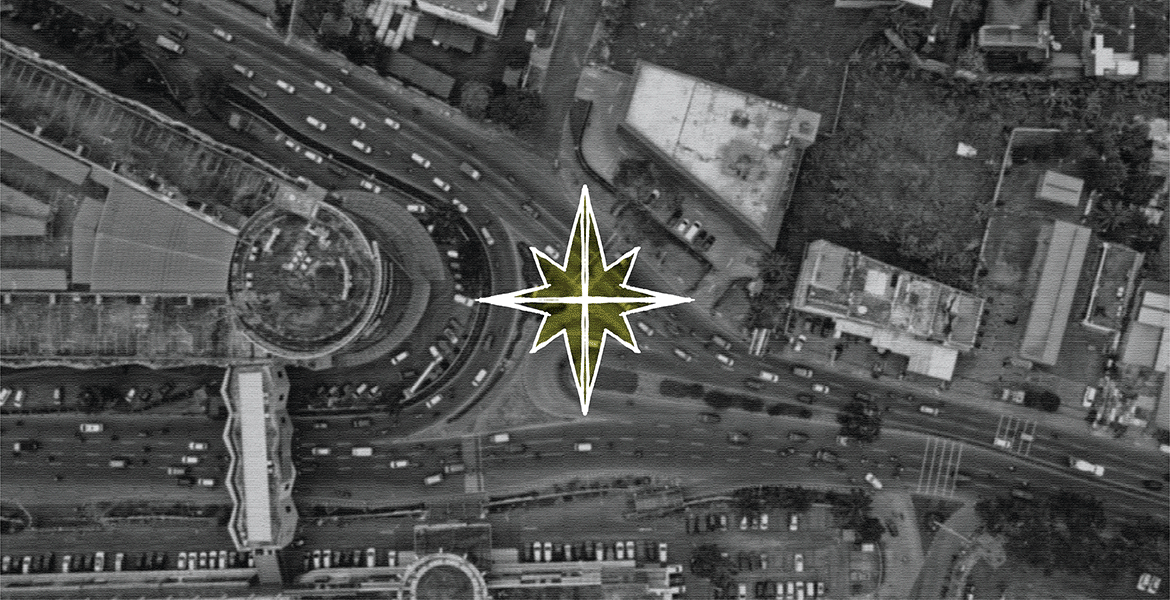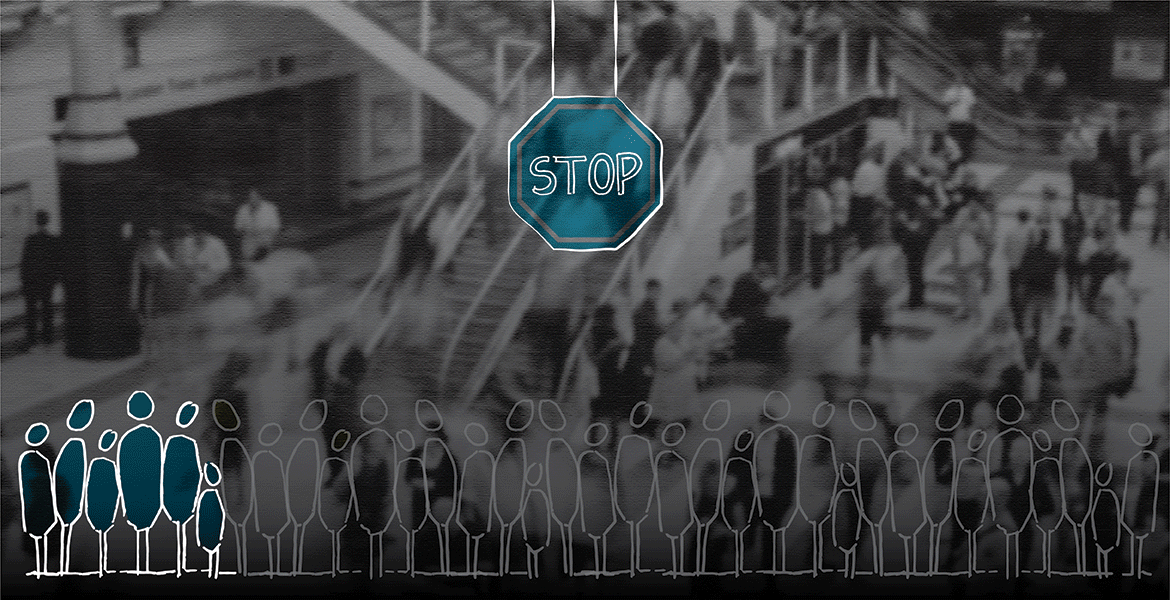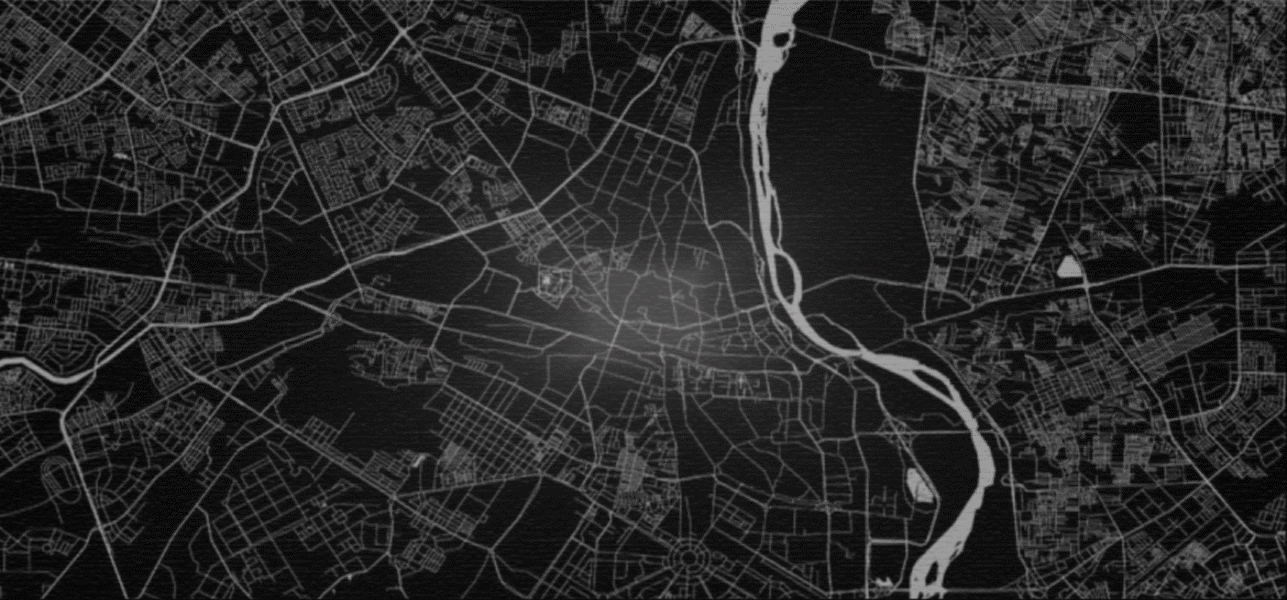Let’s start from ground zero. What is signage? By definition, signage is any kind of graphic display intended to convey information to an audience. Good signage, however, is an almost transformative factor that enhances your experiences of how you navigate a space or how you perceive a brand.
If you think of it, signage is all around you- it is an essential part of your life. Drive down the street and you’ll be confronted with road signs indicating which speed to drive at or directions to the nearest destination. In the workplace, you’ll discover health and safety signs littered here, there and everywhere. Pop into a store for groceries and you’ll notice that shop signage is plentiful, detailing opening hours plus displays of discounts and deals. Walk-in a museum or an expo and you see them all around. Signage is everywhere! And yet, it’s not discussed enough.
So here we are trying to start a conversation with the 5 basic questions you should ask to understand signage design!

Where are you right now? Where are you heading to? These are the fundamental questions around orientation and navigation that wayfinding deals with. Again, “WHERE” is the question that is answered repeatedly at every interaction point of a wayfinding journey. And hence it becomes of utmost importance to the designer to know this “where” i.e the environment, through and through. An effective wayfinding system can only be developed when you meditate upon the space and its nuances- the built environment, the weather, the history, the light, the height, the terrain, the landmarks around, everything! Only then can you use these elements to your advantage rather than letting them impede your design because, wayfinding is employed especially to simplify complex built and high-stress environments- urban centres, hospitals, airports, etc. The lodestar of this design principle is, in fact, one of the most iconic wayfinding case studies in history- when Massimo Vignelli transformed the nightmarish and ever so complicated navigation trail of the New York Subway with a modernized and unified and wayfinding system.

“What is this place?”, is the question that should be answered before the user can blink their eye after seeing the signage. The messaging has to be clear and concise. Successful navigation is the one that guides the users seamlessly to their destination and by that virtue becomes the function of human behavior, response, and stimuli. So suppose you are designing the graphics for signage, your skills as a designer are tested in a way of empathizing with the users in order to eliminate the unnecessary information and then representing them in the best visual manner. Ambiguity is a sin in the realm of wayfinding-end of the story.

Wayfinding is essentially the interaction between an environment and a person. We have considered the environment before, now coming to the human side of the experience. User demographics need to be studied in-depth because different audiences need to be addressed differently. What works for adults might fall flat for children. Same holds true for people with varied interests and educational backgrounds. Special requirements, if any, need to be kept in mind. The parameters are endless, you have to be mindful about selecting the ones that influence your context the most.

Once ample clarity is achieved on what needs to be shown, the execution details need to be figured out. The way in which the information is presented and becomes available to the user is extremely important. This is where the technicalities of colour, finish and material (CFM) come into play. Selection of typography, type height, icons and grids is made with a view of maintaining a coherent consistency wayfinding scheme. The most challenging part at this stage is to identify and overcome the gaps of translating flat visuals off the screens, into real-life 3D manifestations.

Following the thread of execution, it is imperative to test, experiment with and evaluate the overall signage scheme before final installation. You have to explore different routes and designs with samples in the built environment to get to the best design practice. On ground trials with always pose fresh challenges that are cannot be foreseen until implementation. This can vary from user behaviour, lighting conditions, budget constraints, and much more.